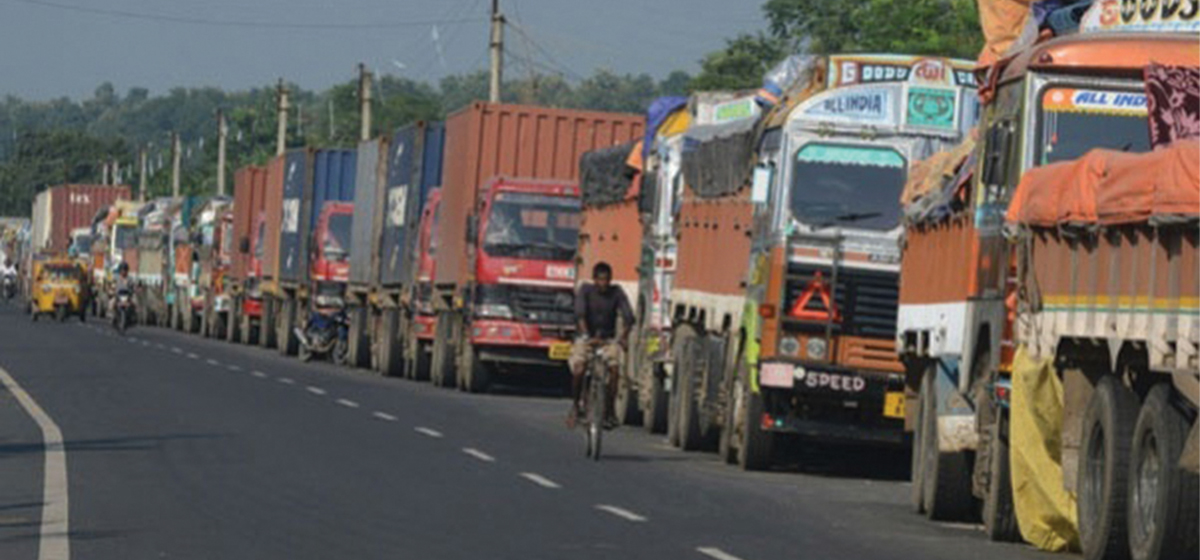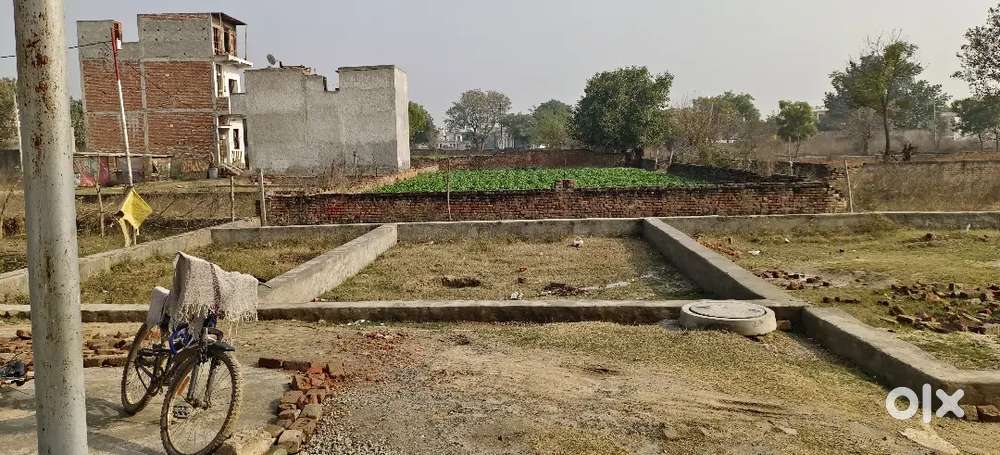
By Shanker Man Singh
Nepal is at a turning point, as the country’s economic growth depends on opening access to credit for millions of small enterprises. Today, most MSMEs—especially the smallest ones—still find it difficult to obtain credit because they lack adequate collateral, long credit histories, or direct connections with banks.
Nepal’s economic ambitions depend on the strength and resilience of its small businesses. Micro, small and medium enterprises are the backbone of Nepal’s economy, accounting for a significant portion of the country’s GDP and providing employment to a large share of the population. Yet despite their scale and importance, MSMEs remain one of the most underfunded sectors in the economy.
Access to capital remains their biggest obstacle. As Nepal aspires to double its GDP and build inclusive growth, ensuring accessible and affordable credit for MSMEs is no longer just a sectoral issue—it is a national economic imperative. Today, most MSMEs, especially the smaller ones, still find it difficult to access credit because they lack sufficient collateral, a long credit history, or direct ties to banking institutions.
As the government aims to transform Nepal into a manufacturing and services hub, securing MSME credit should be a national priority. Fostering innovation in the sector requires enabling more risk-taking, smart partnerships, and greater flows of capital.
Reducing the Cost of Capital
Today, many fintech lenders and non-banking financial companies are willing to serve MSMEs, including those beyond the reach of traditional banking. But they borrow at much higher rates than banks, especially when providing unsecured loans. The cost gap can be as high as 4–5 percentage points. Clearly, there is a need to unlock new sources of funding—such as foreign and insurance capital—for fintech companies that prioritize lending to MSMEs.
The government can support this by creating incentive mechanisms, similar to priority-sector funds in agriculture, to reduce the cost of capital for MSME lending. Public sector banks can also be encouraged to partner and co-lend with financial institutions. Agribusiness experts should increase research and development funding and promote value-chain development.
Currently, MSME loans fall under priority-sector lending. However, new or under-rated enterprises are often not eligible for these benefits, as public sector banks require a minimum credit rating, except in highly innovative cases. Their participation will require an improved incentive structure.
Making Credit Guarantees Work
The main focus of existing government guarantee schemes, such as the Credit Guarantee Fund Trust for Micro and Small Enterprises, is to encourage lenders to target small businesses and support financial inclusion. However, their design needs urgent updating. Today, guarantees do not easily transfer with portfolios when sold, nor do they always include co-lending arrangements. This limits MSMEs' ability to access financial credit.
Pricing norms such as rate capping and coverage caps vary between institutions and federal–provincial arrangements, making it difficult for small lenders to compete.
Small and medium enterprises contribute 40–60 percent of Nepal’s total economic output. Around 98 percent of Nepal’s commerce and industry, and 89 percent of employment, are accounted for by MSMEs or MSME-related businesses.
Open Economic Policy and MSMEs
Since 1990, Nepal has seen a gradual increase in the number, policies and promotion of MSMEs. Open economic policies adopted by developed, developing and underdeveloped countries have benefited Nepal as well. SMEs contribute significantly to economic potential and play an important role in poverty reduction by creating employment and income opportunities.
Challenges
Most SMEs cannot fully utilize market opportunities. They lack access to information about market development, pricing, exports and financial opportunities. Although ICT has improved access to knowledge, many SMEs, especially in rural areas, still cannot benefit from it. The information provided by service institutions often does not match SMEs’ needs.
In many developing countries, including Nepal, the private sector is dominated by small businesses. While foreign investment is important, most investment still comes from domestic sources. Many micro and small enterprises operate informally, outside regulatory systems. These businesses are often unstable, with owners shifting between activities. Many are run by women, providing essential income to households.
Informal enterprises make up more than half of economic activity in many developing nations. Informality brings short-term flexibility but prevents businesses from accessing resources, markets, and skilled labor, limiting long-term growth.
Small Businesses: The Heart of Entrepreneurship
Small enterprises and start-ups are often viewed as the heart of entrepreneurship in developing economies—they generate new jobs, drive productive investment and contribute to growth and poverty reduction. However, they face more serious constraints than large companies. They operate in environments with unnecessary costs, procedural hurdles, and limited access to finance and services. These constraints restrict innovation and productivity.
In the early 1990s, Nepal’s economic reforms attracted private and joint ventures into the financial sector. As a result, the number of commercial banks, financial institutions and cooperatives increased, offering more financing opportunities. A few years ago, the Bank of Kathmandu and BID Investment created a venture fund to finance SMEs, shifting capital sources from debt to equity—a rare initiative in Nepal.
Most entrepreneurs run informal micro or small enterprises. Their greatest constraint is the lack of access to markets. Export support mechanisms are inadequate, limiting opportunities for remote SMEs to reach international markets. Policies often favor big business, creating barriers for growing small enterprises.
What Needs to Be Done
Business membership organizations mainly operate in urban areas, but MSME development requires their presence in strategic rural locations. For economic growth and globalization, SMEs should strengthen cooperation between government and communities. The government must reduce bureaucratic hurdles, expand training workshops, promote local skills, encourage ICT adoption and integrate e-commerce.
SME experts should be involved in policy planning. Tax reductions on IT-related imports should be considered. Joint financing, SME-friendly legal reforms and stronger information-dissemination laws are essential. Nepal must make effective use of open-economy tools.
Rural MSMEs
Agriculture provides only seasonal employment to Nepal’s rural population. Off-season activities—such as weaving, knitting, basketry and small shopkeeping—supplement rural income. Rural MSMEs provide goods and services using traditional technologies. Major SME categories include food processing, textiles, handicrafts, animal husbandry, tailoring, carpets, pashmina, cash crops, and ceramics.
However, transportation challenges hinder product distribution. Exporting SME goods is even more difficult due to Nepal’s geography. Despite contributing to exports and GDP, the sector remains neglected.
MSMEs contribute about 22% of GDP and employ around 1.7 million people. COVID-19 created new challenges, making banks hesitant to lend due to weak financial performance across the sector.
Micro, Cottage and Small Industries Promotion Policy (2080)
The Government of Nepal has introduced the Micro, Cottage and Small Industries Promotion Policy (2080) for discussion. It aims to foster direct collaboration with the private sector in establishing and developing small industries.




















Comments:
Leave a Reply